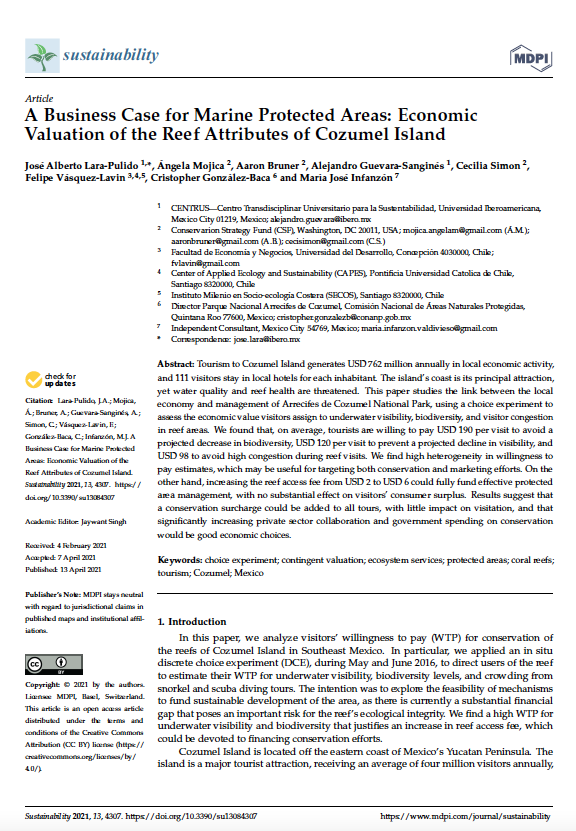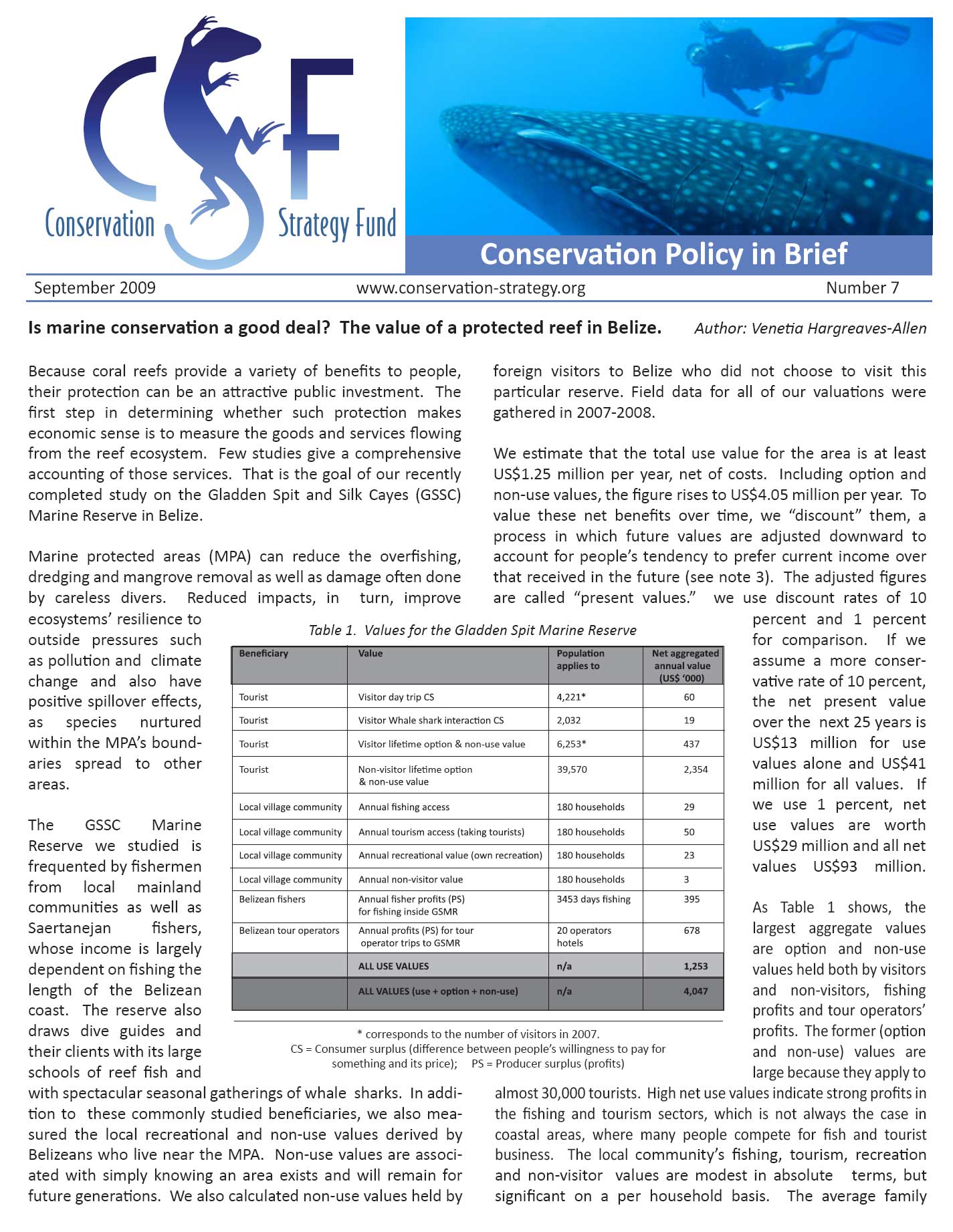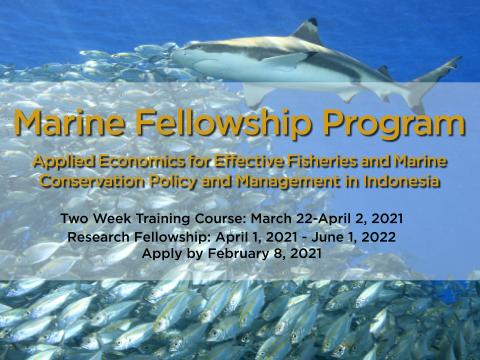Story from the Field: The Marine Protected Area of the Kei Islands
The Kei Islands is a small archipelago region located in the southeastern part of Maluku province Indonesia that consists of several islands, including Kei Besar, Kei Kecil, Tanimbar Kei, Dullah Islands, Kuur, Taam, and Tayandu islands. This region is also part of the Coral Triangle (CT), an area with a high biodiversity level that needs to be managed by Marine Protected Area (MPA) where human activities are limited in order to preserve the ecosystems. Importantly, the Kei Islands hosts a strong coastal community reliant on marine resources that sustains their own local wisdom on preserving the ocean, known as sasi laut.
One of our Marine Fellowship Program (MFP) fellows, Wellem “Willy” Anselmus Teniwut, a lecturer and researcher at Fisheries Agribusiness Study Program in Tual State Fisheries Polytechnic is leading crucial research on the benefits of MPA appliance in the Kei Islands region. His study, “Measuring the Importance and the Benefits of Marine Protected Area (MPA) in Kei Islands, Maluku for Sustainability in the Marine Sector” provides economic and social information on the potential benefits of MPA appliance, and clarifies the views of community members on the addition of MPA measures into their region.
Since June of 2021, during the COVID-19 pandemic, Willy and his team of enumerators have encountered several challenges to their data collection, such as the COVID-19 pandemic, hesitancy of the local communities to be interviewed, conflict between villages, and the changes in weather patterns caused by climate change thereby impacting their data collecting process. Despite all of those challenges, Willy and his team were still able to reach out to over 500 of the anticipated 600 interviewees for the data collection that is to be completed in 2022.

During these interviews, the local communities quickly understood the concept of MPA, due to their habitual practice of ‘sasi laut’, a traditional method of sustaining long-term marine resources by limiting the harvest period and ensuring the stability of fishing stocks in the Kei Islands. The proposed locations of MPAs are mostly in the peasant villages so that the restricted access to marine resources does not greatly impact their occupation as agriculture farmers. However, some of those who lived in fisherman villages still disagreed with the implementation of MPA due to limited alternatives they had during the sasi laut. As they have restricted access to fishing, they usually find other alternatives such as seagrass cultivation to be directly sold to the local suppliers. Seagrass cultivation might be limited in an MPA, disrupting one of their income. Another finding of his study is that the regeneration of these marine ecosystems may be difficult as the locals are beginning to leave their profession in the fisheries sector.

In 2022, Willy will disseminate his research to the local stakeholders of the Kei Islands, Maluku. With his research, Willy believes that Kei Islands could see that there are things they could do to face the ongoing climate change by empowering the MPA and local communities in implementing the Sustainable Development Goals for a better future for the Kei Islands for generations to come.
- Log in to post comments



